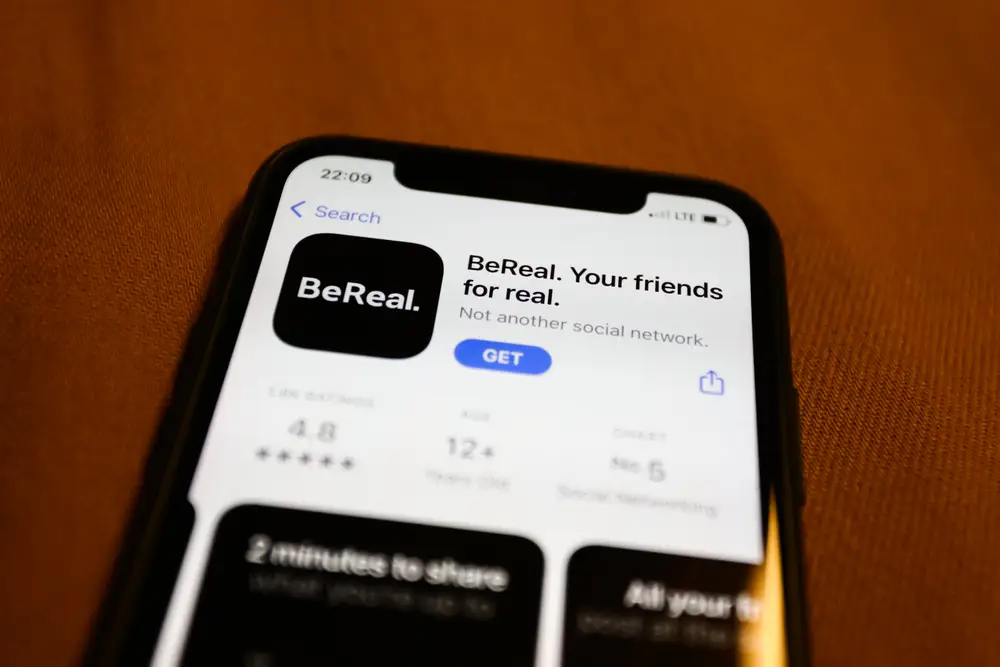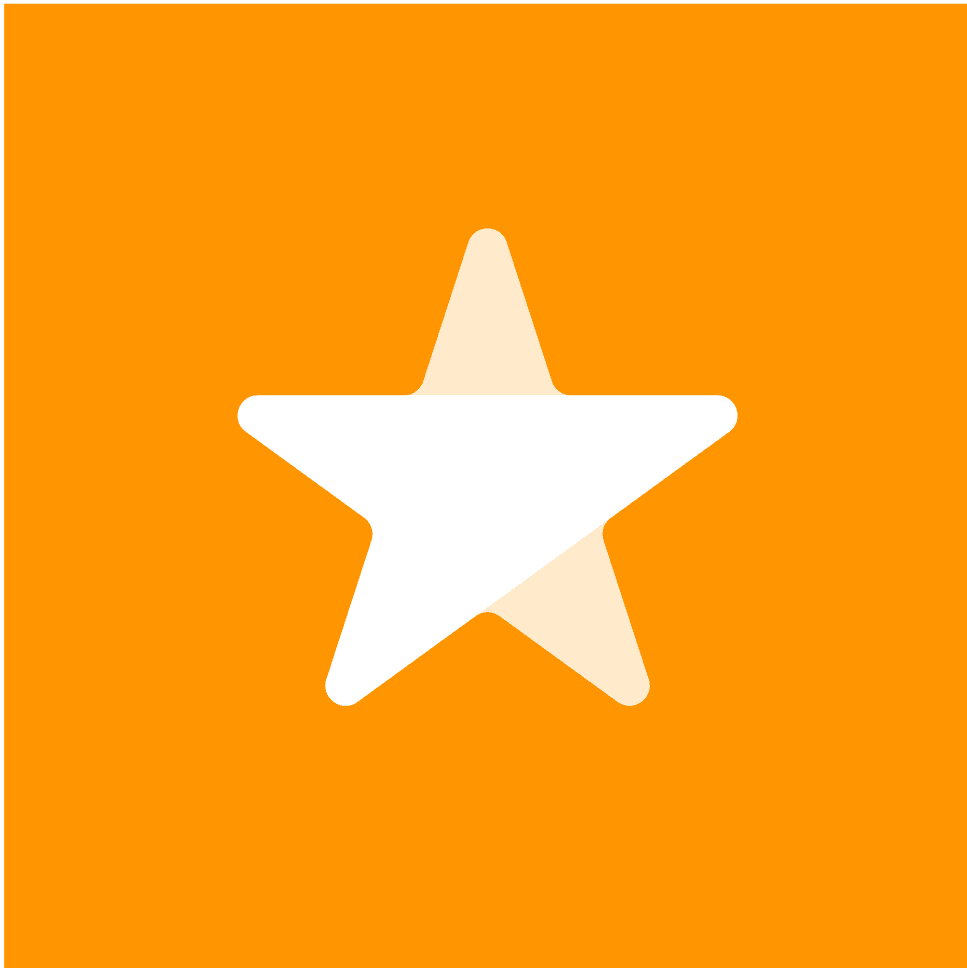CLOSE FRIENDS
The Facebook CatchUp App: Another Failed Experiment
Launched in May 2020, CatchUp aimed to facilitate phone calls by showing users when their friends and family were available to talk. Here’s a detailed look at the app and its eventual shutdown:
The main concept behind CatchUp was to make it easier for users to connect via voice calls. Unlike other messaging or calling apps, it focused specifically on voice communication, addressing the common problem of not knowing when someone is free to talk. The app allowed users to indicate their availability to receive calls, displaying who was "up" for a chat. This feature aimed to reduce the uncertainty and awkwardness of calling someone who might be busy.
CatchUp enabled users to set their status as available or unavailable, helping friends and family members know the best times to call. The app showed a list of contacts who were available to talk, making it easier to initiate spontaneous conversations. In addition to one-on-one calls, CatchUp supported group calls, allowing users to catch up with multiple friends or family members at once. This feature was particularly useful for coordinating group conversations without the need for scheduling.
CatchUp functioned as a standalone app, separate from Facebook’s main platform. This approach allowed the NPE team to experiment with new ideas and features without integrating them directly into Facebook's core services. The app's interface was designed to be simple and user-friendly, making it easy for users to see who was available and start a call. Privacy settings allowed users to control who could see their availability and initiate calls, ensuring that users felt comfortable using the app.
Despite its potential, CatchUp struggled to gain significant user adoption. Many users were already accustomed to using existing communication apps like WhatsApp, Messenger, and traditional phone services, making it difficult for CatchUp to carve out a niche. The functionalities offered by CatchUp were somewhat redundant with features already available in Facebook Messenger and other popular communication apps. This redundancy may have contributed to its limited appeal.
As part of Facebook's NPE team, CatchUp was one of several experimental projects aimed at exploring new ways to connect people. When it became clear that CatchUp was not achieving the desired traction, Facebook decided to discontinue the app. The decision to shut down CatchUp was likely influenced by several factors. First, limited user adoption meant that the app was not fulfilling its intended purpose. Second, the redundancy of its features with existing services made it less compelling for users. Finally, Facebook likely chose to focus resources on other projects with higher potential for success.
The shutdown of CatchUp highlights the competitive nature of the communication app market and the challenges of introducing new platforms in a space dominated by established services. Despite its innovative approach, CatchUp was unable to overcome these challenges and was ultimately discontinued.




